BIOTECHNOLOGY // Uses of robotics and artificial intelligence in the elimination of weeds in agricultural crops
(Edited)
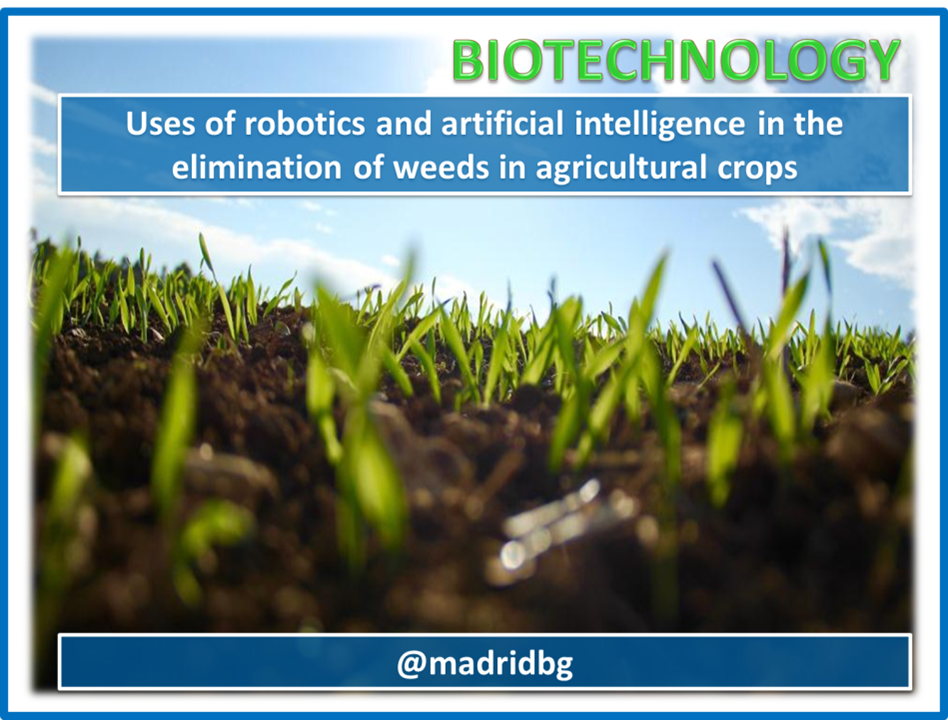
Author: @madridbg, through Power Point 2010, using public domain images.
Greetings again my dear members of the community @project.hope. Continuing with the contextualization of contents of technological interest, in this opportunity we will approach the use of robotics and bio-inspired algorithms implemented in the eradication of the weeds present in the agricultural crops, as an alternative that works in benefit of the environmental protection since it allows to leave aside the use of pesticide in the fields of production and agriculture in general.
The invention has been carried out through the multidisciplinary effort of researchers from the Center for Automation and Robotics, and the Polytechnic University of Madrid, the device is aimed at using high-frequency laser technology to eliminate unwanted weeds in crops, for its part bio-inspired algorithms, allows the team to detect the species and act against it, without using substances or chemicals (pesticides and pesticides) that pollute the plantations and the environment.
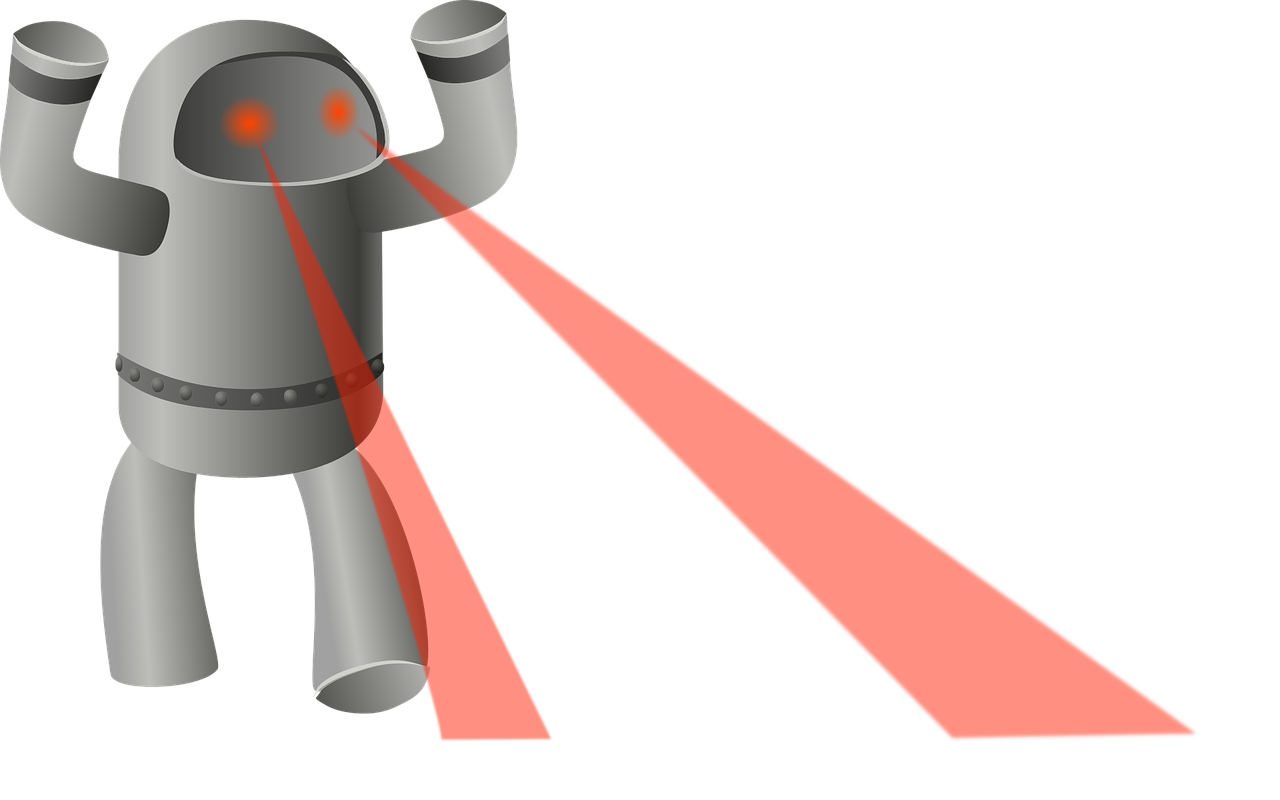
Fig. 2. Tecnología láser utilizada para erradicar malas hierbas. Author:OpenClipart-Vectors
The surprising thing of the process, is that the artificial intelligence allows the robot to discriminate according to its phenotypic characteristics the desired cultures of the undesired ones, replicating the action of the human operation.
According to Pablo González, active researcher of the process:
"This technology, by focusing directly on the meristems and not using pesticides or pesticides, provides a clean solution to the problem of eliminating weeds and will help to significantly reduce chemicals in the environment". .
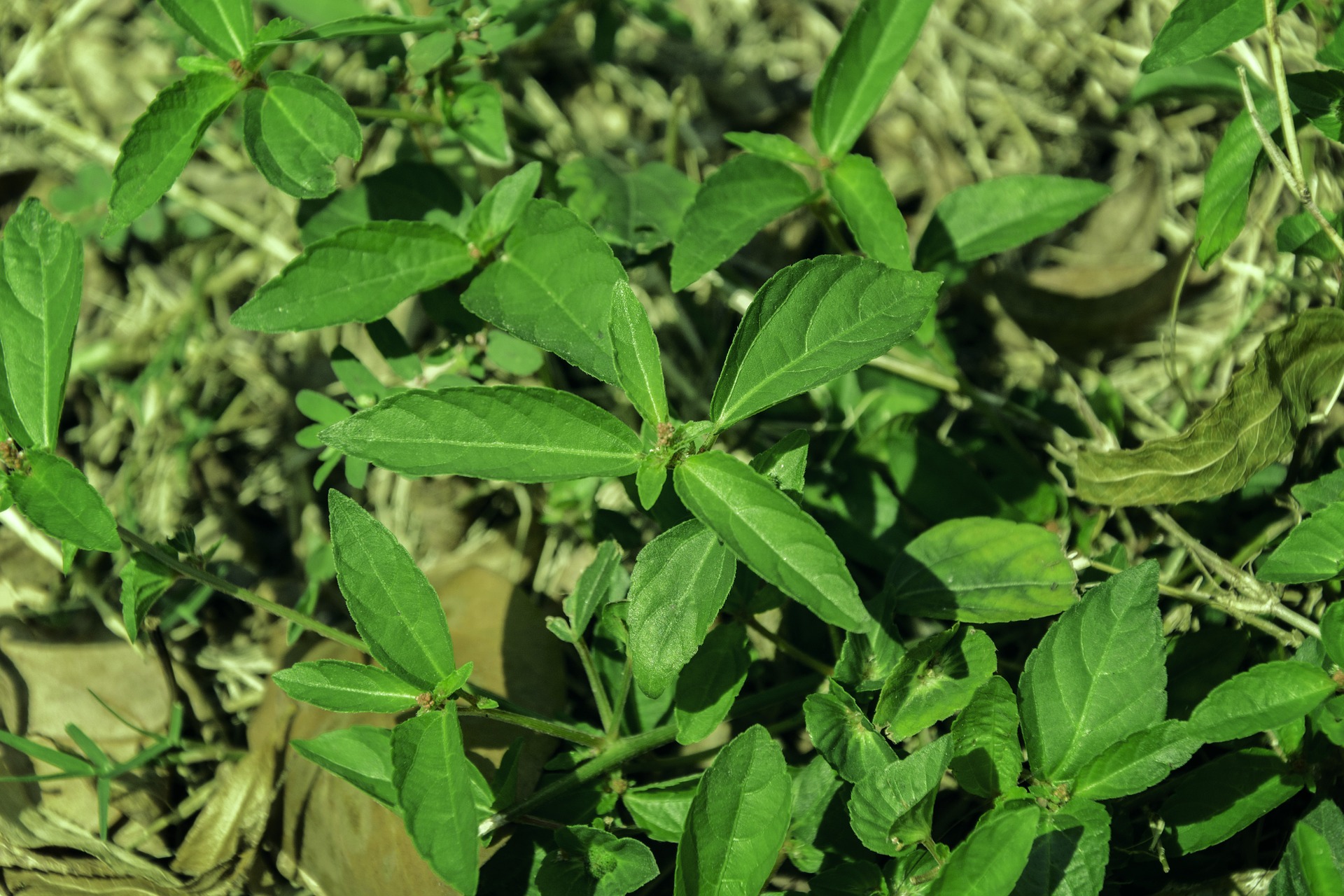
Fig. 3. Technology directly attacks the herb's meristems, making it easier to eradicate it Author:ll C
Likewise, with the implementation of this type of technological process, the capacity of environmental load is respected, the contamination of soils by chemical substances is avoided, and damage to health by the transfer of toxic substances is prevented. After the first analysis, the equipment is adapted to the physical-chemical and microbiological conditions of the land so that it can calculate the necessary times for weed control, as well as the laser intensity needed to achieve total eradication.
This is a function of the resistance, dispersion capacity, and nutrient consumption that some weed species may present, which compete with the crops for the nutrients provided by the soil. This aspect causes scarce production of fields and low quality crops, such effects lead to an economic investment in pesticides and nutrients that counteract the adverse effects of the soil.
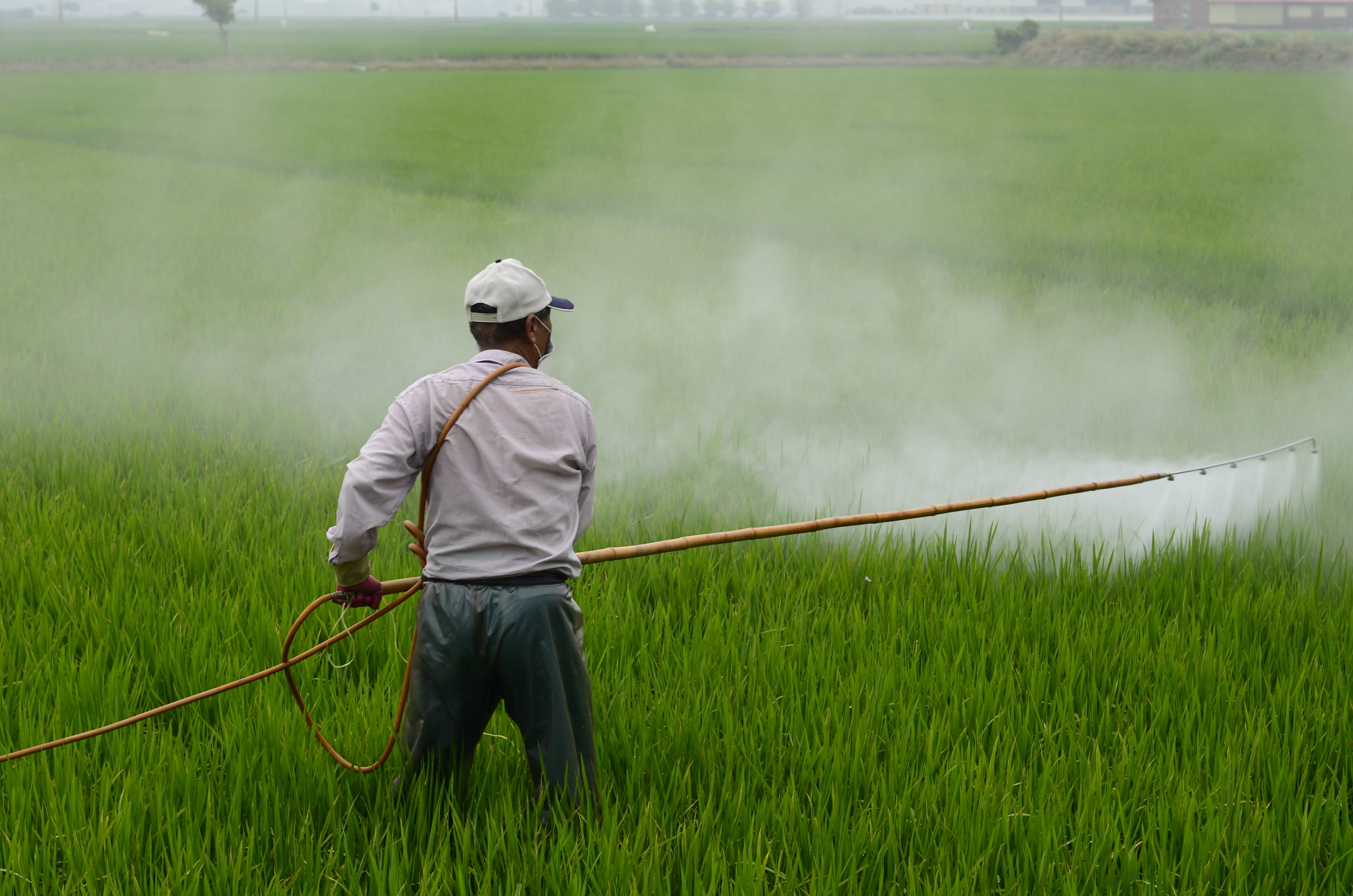
Fig. 4. The bio-remediation process seeks to remove heavy metal concentrations from wastewater and coastal areas Author: pxhere
In this sense, technological processes have arrived to facilitate our lifestyle, as long as they are implemented respecting the care and preservation of the environment. Therefore, I invite you to leave your perspective in the comments section.
BIBLIOGRAPHY CONSULTED
[1] Albóniga and Col. (2008). Laser-controlled device to be coupled to tractors. Agricultural Technical Sciences Magazine, vol. 17, no. 1 pp. 18-20. Agrarian University of Havana Fructuoso Rodríguez Pérez. Havana, Cuba.
Article: Online Access
OF INTEREST
•

Grateful with the community @project.hope and with all the management team of the same one that they motivate us to continue working in a mutual and balanced growth.

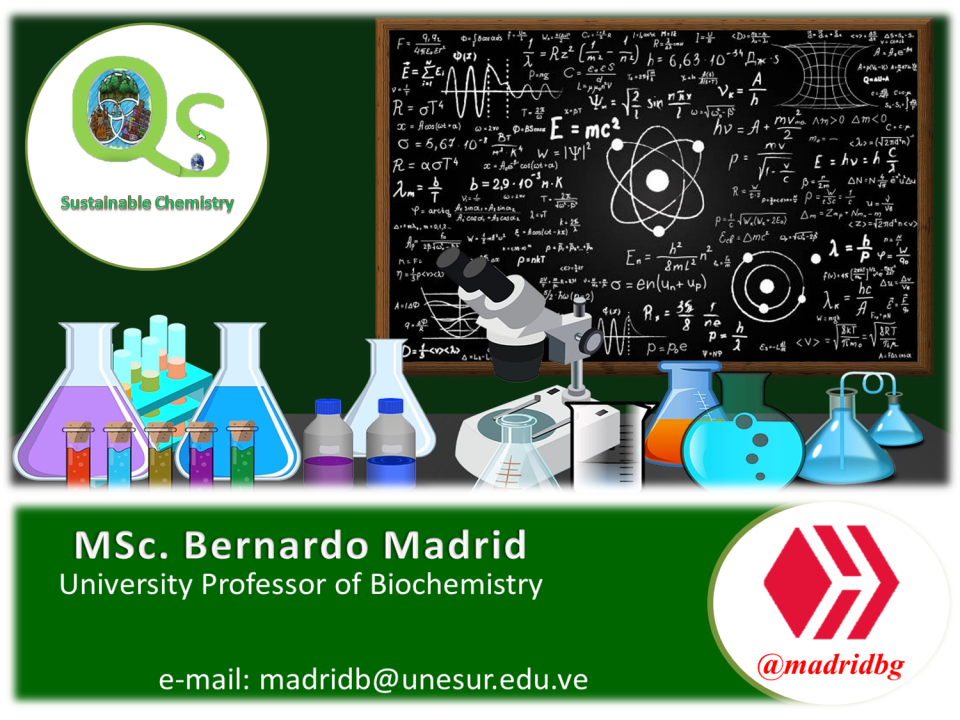
0
0
0.000
#posh twitter
https://twitter.com/BGMadrid/status/1347628581757845507?s=20
It is evident that technology is becoming more and more present in all spaces and in people's daily lives. We have been experiencing that experience for some time now and our agricultural fields could not be left behind. A valuable post, congratulations.
Good vibes.
Greetings @angelica7 firstly thank you for stopping by and leaving your comment. The technology applied to the care and preservation will always be welcome, without a doubt it is an invention that has generated many expectations we hope to evaluate the results obtained.
Greetings @madridbg
Developing technologies of agricultural cut, under sustainable and agro-ecological premises, will always be well received, this because, in one way or another we must overcome the agricultural model act, which day after day worsens the serious climatic situation suffered by natural and artificial ecosystems, we expect more information from this type of technology, to be able to cross data and evaluate their advantages and disadvantages. Thank you for this delivery.
Greetings @lupafilotaxia.
I agree with you, we must continue innovating in this type of design, which will allow us to accumulate experiences that will allow us to advance towards a harmonious balance with the environment. Thank you for passing by and leaving your comment.
Greetings friend. Really a great invention if it allows us to get rid of the use of chemical substances to eradicate these weeds, since with time they are harmful to the soil and other species.
Greetings @yusvelasquez
Without a doubt, there are many expectations about the implementation of this technology as a result of the care and environmental preservation it professes. It is still in the testing stage, and we hope to evaluate positive results.
Thank you for sharing this content based on new technology, how artificial intelligence is applied to crops and how progress is being made in healthy biotechnology
Hi @newton666 thanks for your valuable feedback. The combination of artificial intelligence and robotics gives us promising results and here we are in the presence of one of them.
Your post has been voted as a part of Encouragement program. Keep up the good work!
Try https://ecency.com and Earn Points in every action (being online, posting, commenting, reblog, vote and more).
Boost your earnings, double reward, double fun! 😉
Support Ecency, in our mission:
Ecency: https://ecency.com/proposals/141
Hivesigner: Vote for Proposal
Greetings @ecency, thank you for the support and assessment made on my publication, we are motivated to continue working and publishing quality content